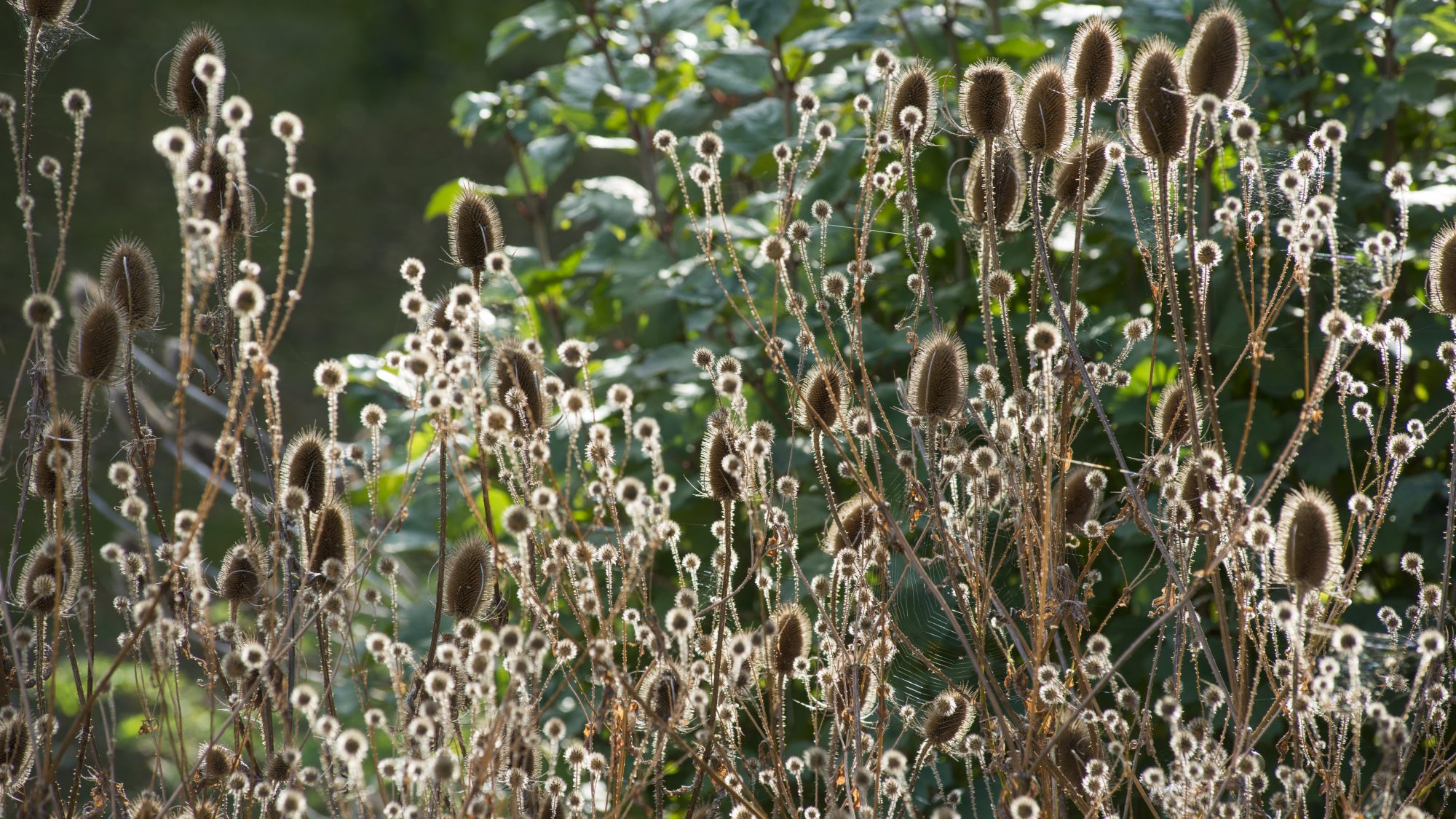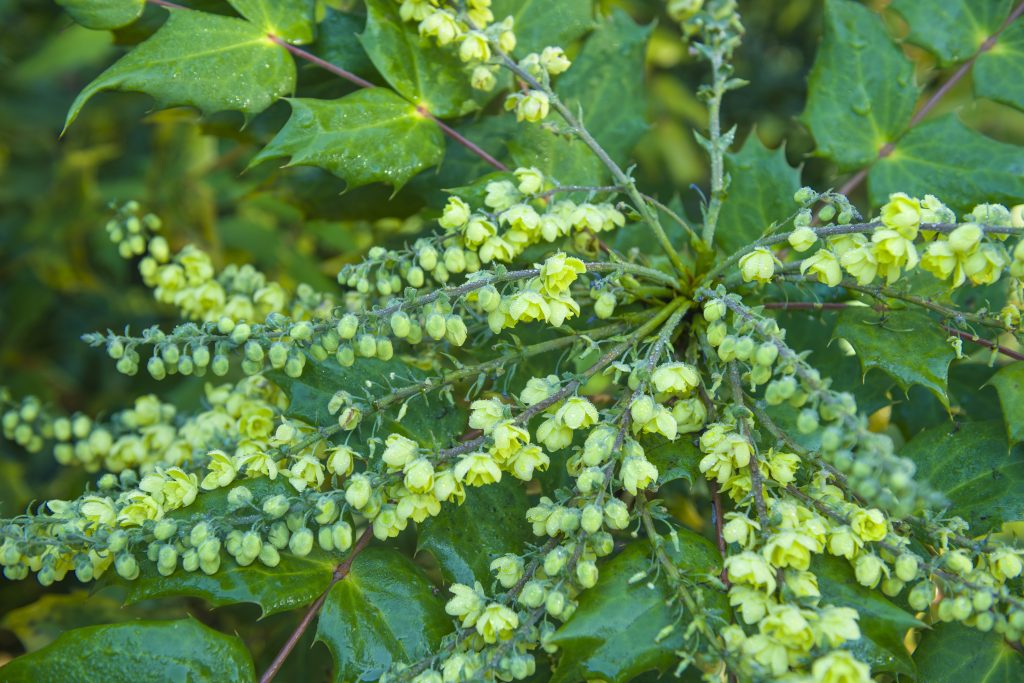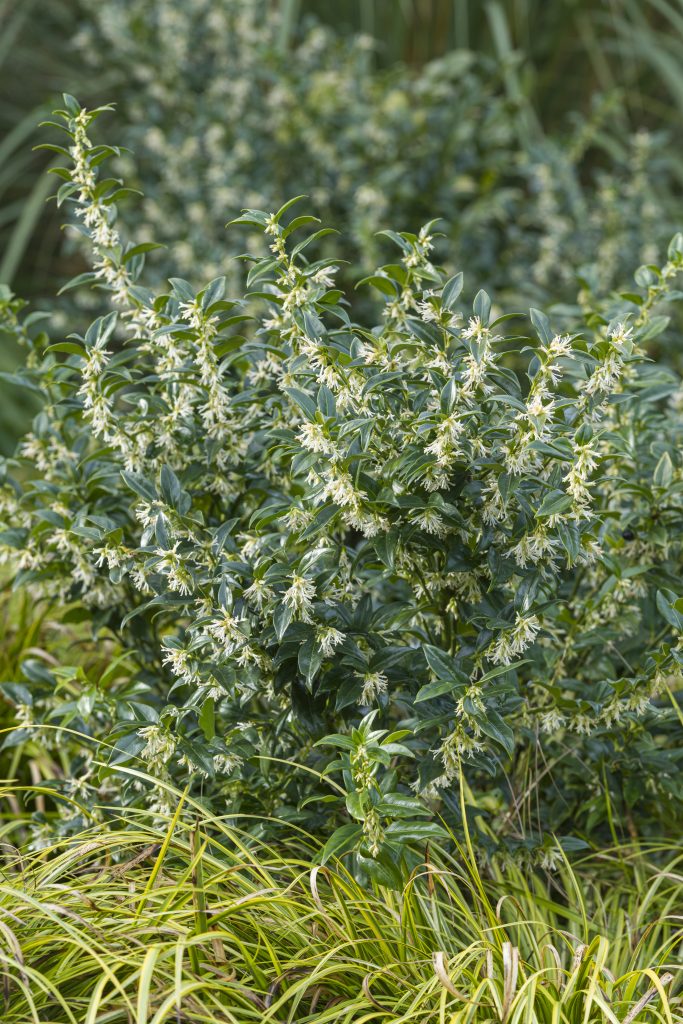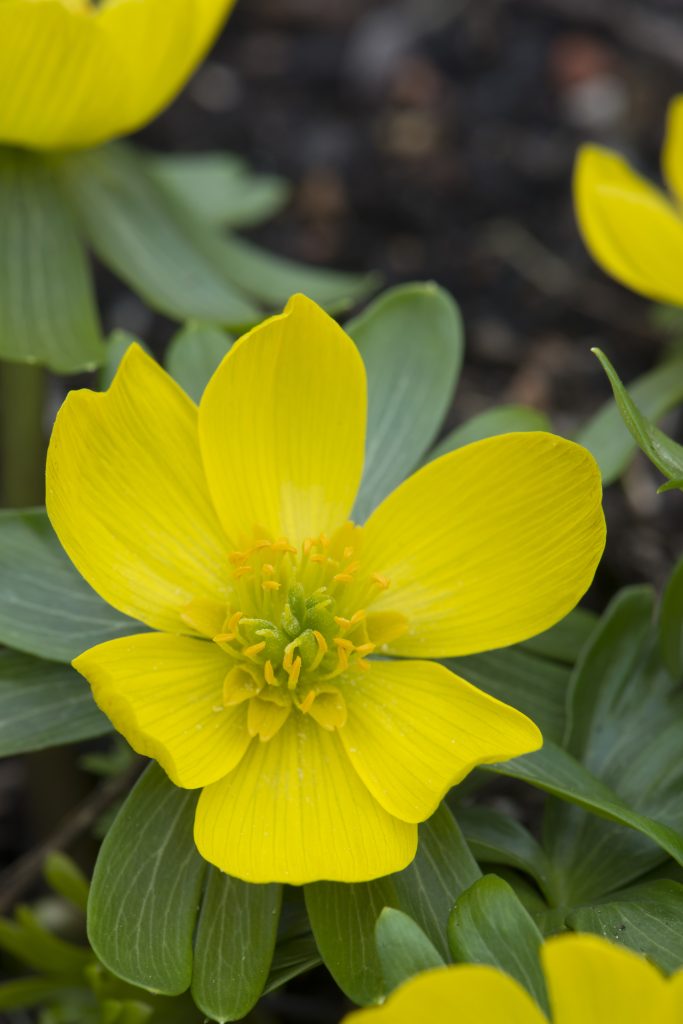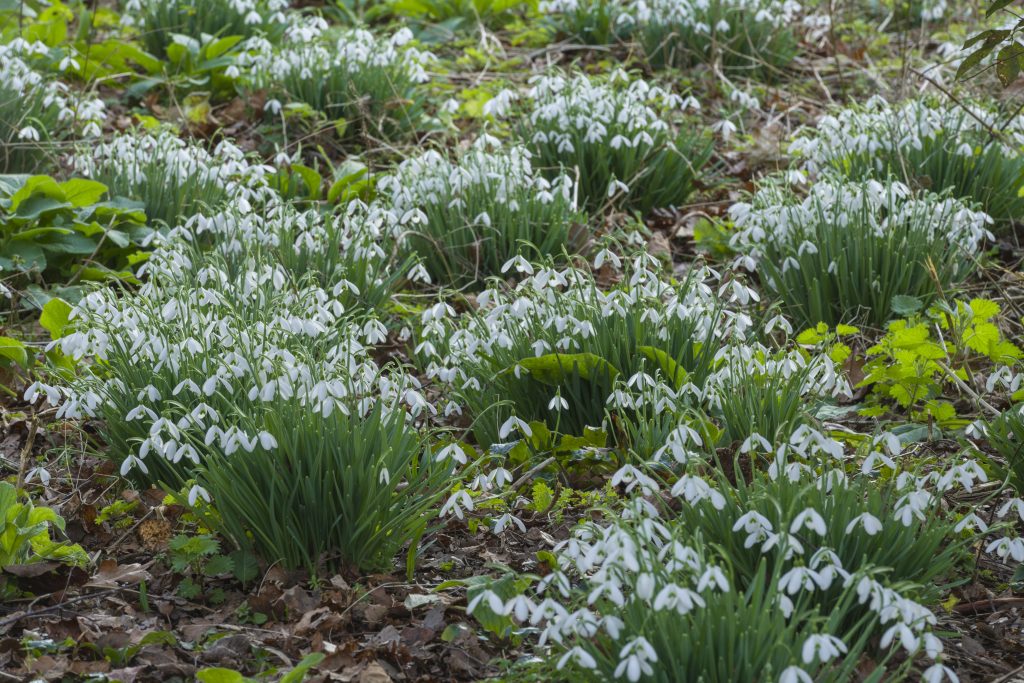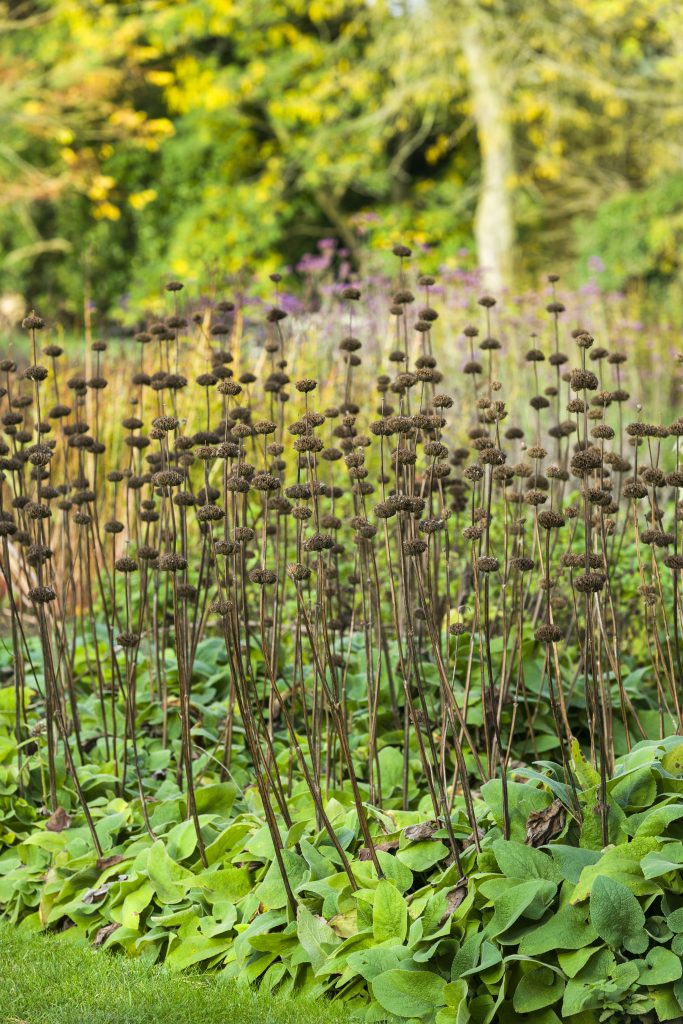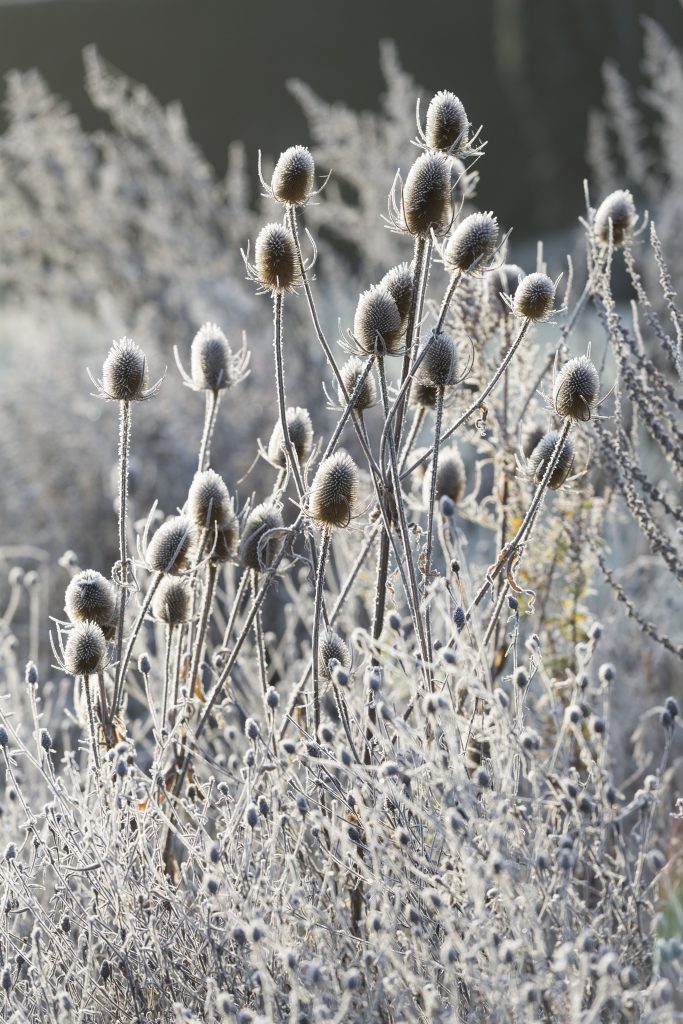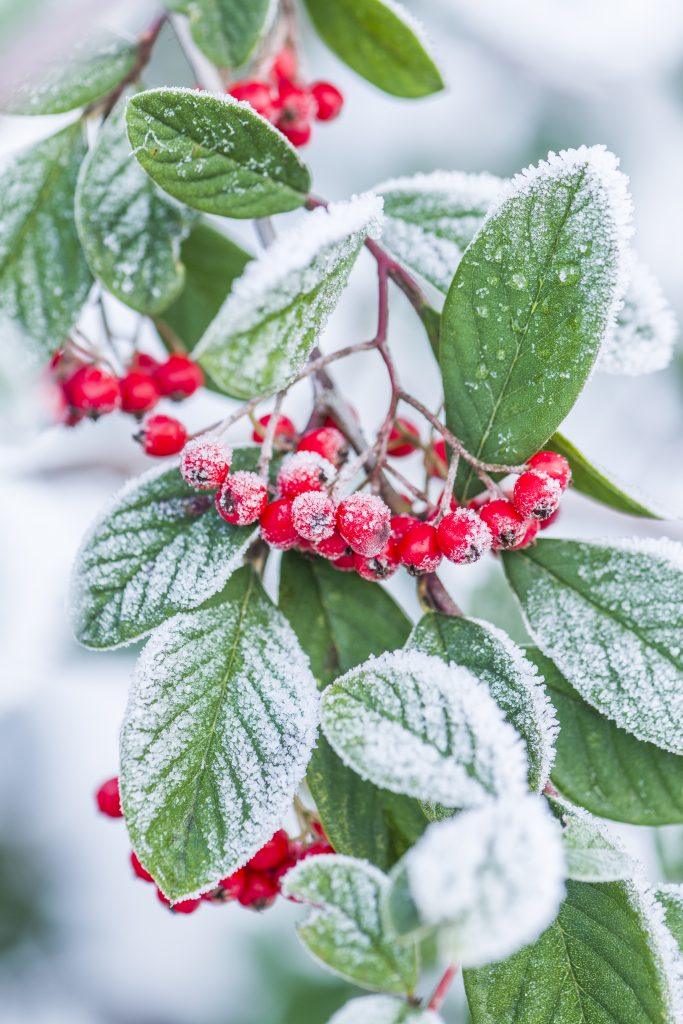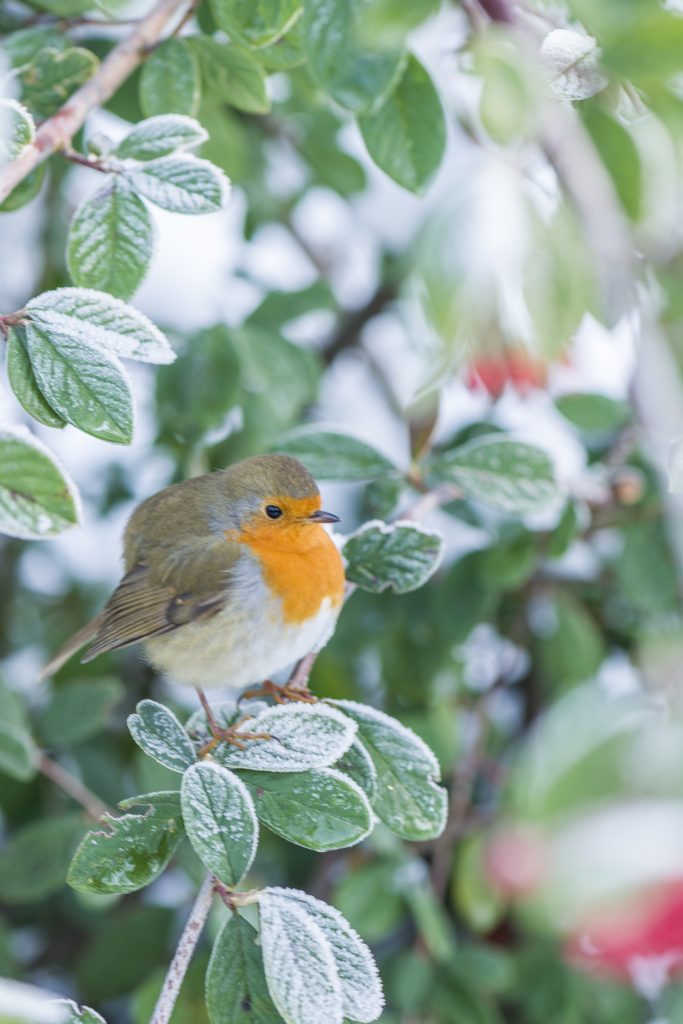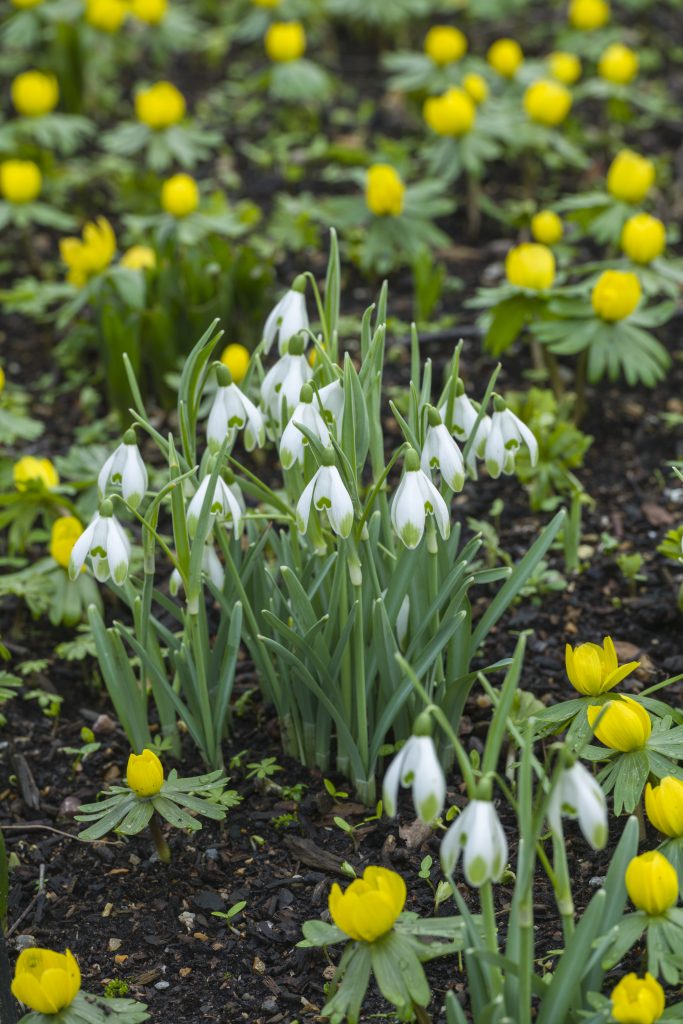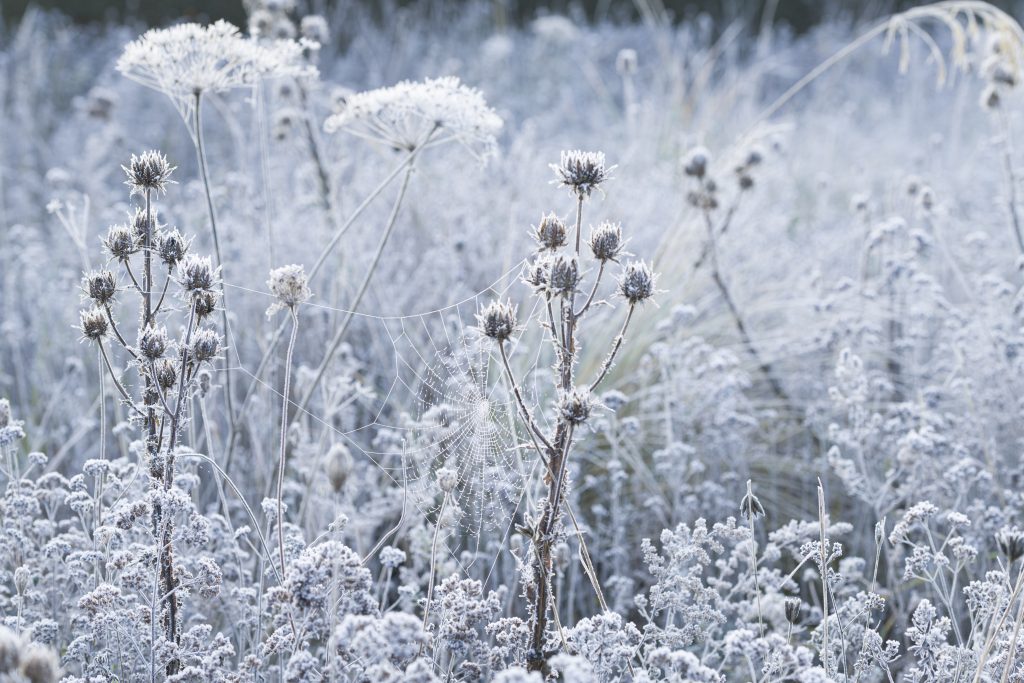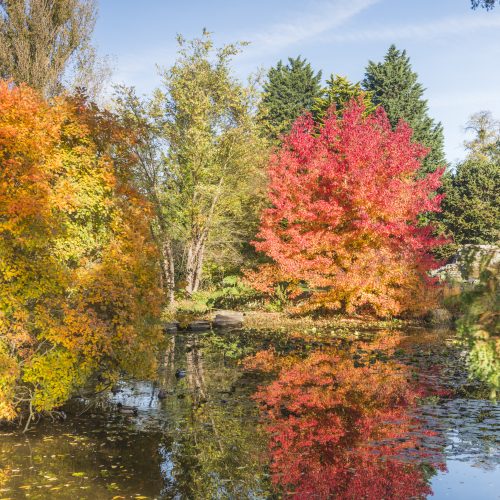Our gardens are very much a reflection of our personal horticultural interests, whether it be a simple, neatly mown lawn, a horticultural paradise rammed with exotic species, or a series of raised vegetable beds. But have you ever wondered how your own plot might benefit others? I’m not suggesting that you open your garden to neighbours and passers-by, but that you perhaps consider how your garden might support wildlife?
I know that my reasons for gardening are numerous and include having a nice spot to sit on a summer’s evening, and simply because I enjoy gardening. But I don’t think I’d enjoy my garden half as much if there were no wildlife. It’s fascinating watching bees skipping from one flower to another in search of nectar on a summer’s evening, and discovering a hedgehog in the garden is a joyous moment. I don’t particularly consider that I have a wildlife garden, but by adopting a few simple wildlife-friendly practices I benefit from observing and enjoying a host of insects, birds, mammals and invertebrates, and this can only benefit my garden and neighbourhood.
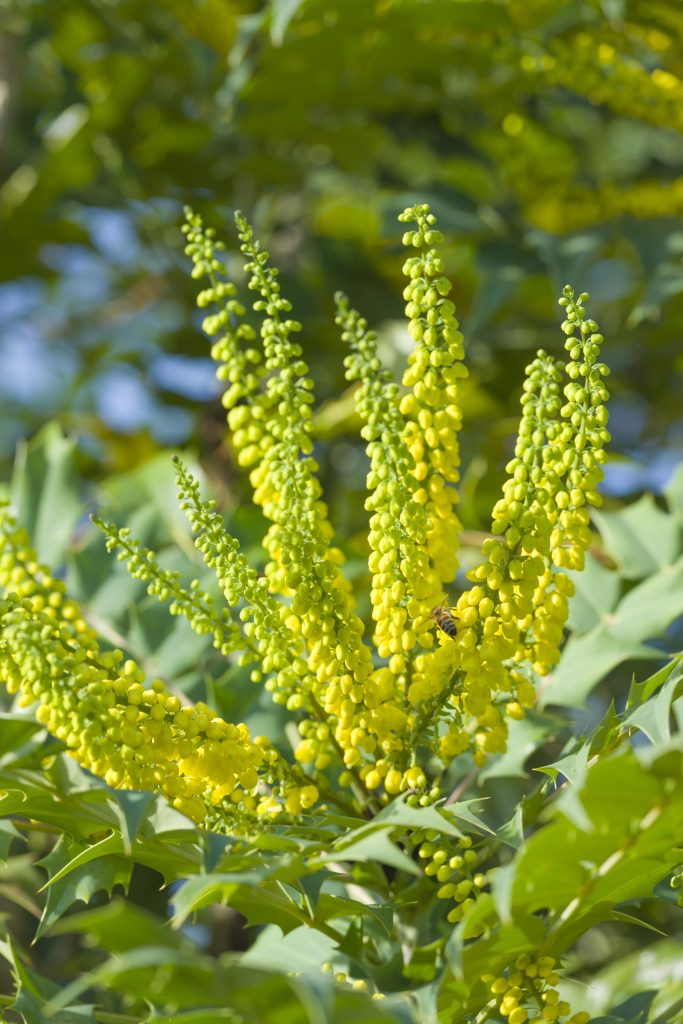
No matter what size, shape or style of garden you have, you’re already supporting wildlife. A well-manicured lawn provides a useful habitat for nesting mining bees, or June bugs, but allowing even a small area of your lawn to grow longer will encourage a greater diversity of grass species, which can serve as a food source for the caterpillars of native butterflies, such as the meadow brown. A simple biodiversity gain.
It is easy to spot wildlife in our gardens in summer, but even in winter they are attractive to animals. Many of us feed birds to encourage them into our gardens or have ivy (Hedera helix) whose globular flowerheads provide a valuable food source for winter-foraging bees. But there are other winter-flowering plants which support insects during winter, including Mahonia japonica (Oregon grape), Sarcococca confusa (winter box), winter aconites (Eranthis hyemalis), and snowdrops (Galanthus nivalis). Leaving the seed heads of herbaceous perennials such as Turkish sage (Phlomis russeliana), teasel (Dipsacus fullonum) or ornamental grasses through winter provides a habitat for overwintering insects such as wood lice, bees, ladybirds and lace wings, and the seed also provides a source of food for birds such as goldfinches. As an added benefit, you can enjoy the dramatic effect of hoar frost on these architectural seed heads.
Berry-bearing plants can also offer a valuable food source to wildlife – rowan, hawthorn, viburnum and cotoneaster berries are highly sought after by waxwings; blackbirds, bullfinches and redwings are partial to ivy berries; and holly berries are a favourite with greenfinches. A small pond can provide refuge for frogs and can serve as a valuable source of water for wildlife, as can a low, shallow bird bath, which can be as basic as an upturned dish.
Supporting wildlife in the garden isn’t only about providing food. Gardens also provide habitat and shelter for a range of animals. Evergreen shrubs and climbers offer winter protection to a range of insects and birds. And for those less inclined to a perfectly manicured plot, a little bit of untidiness is a good thing for wildlife. Waste wood can be used to create a log pile or a dead hedge in which invertebrates, amphibians, hedgehogs and small birds can take cover. Fallen leaves needn’t be cleared away either but instead swept into piles amongst established plantings to decay slowly and provide winter shelter for a host of wildlife.
As you can see, methods to attract a greater diversity of wildlife into your garden can be relatively simple. Whether you want simply to leave the seed heads of herbaceous plants standing over winter, or you want to go all out and create a wildlife garden is up to you. For those inclined to a well-manicured approach, planting just a couple of snowdrops in a shaded corner will encourage bees to visit your plot in the depths of winter. And if you’re slightly more relaxed in your approach to gardening, leaving flower stems and piles of fallen leaves for food and shelter for wildlife through the winter months has great appeal.
Here in the Botanic Garden we have formal, intensely cultivated plantings, alongside wilder areas. We are proud to have a rich biodiversity, which our visitors can enjoy, and which includes bees, dragonflies, kingfishers, grass snakes, and even foxes and badgers. None of this would be possible in a completely sterile garden. By taking a few simple steps, you can quickly start attracting a variety of wildlife into your garden this winter.
Do’s and don’ts for wildlife gardening
- Create log piles to provide shelter for a range of wildlife.
- Check bonfires for hedgehogs and other wildlife before lighting them.
- Look out for signs of animals when turning compost heaps or moving leaf piles.
- Melt a hole in frozen water daily to allow wildlife access to air and water.
- Regularly clean bird feeders to prevent the spread of disease.
Gardening jobs for November
- Encourage wildlife – add a shallow bird bath to your garden to encourage feathered visitors or leave the stems of herbaceous plants to provide shelter for insects and food for birds.
- Plant trees and shrubs while the soil is still warm and moist to help plants establish a good root system before they come into growth in spring.
- Plant tulip bulbs in November and December to reduce the risk of the fungal disease, tulip fire.
- Dig new beds, and mulch existing ones with well-rotted compost or leaf mould to improve soil health, retain moisture and help to prevent weeds.

